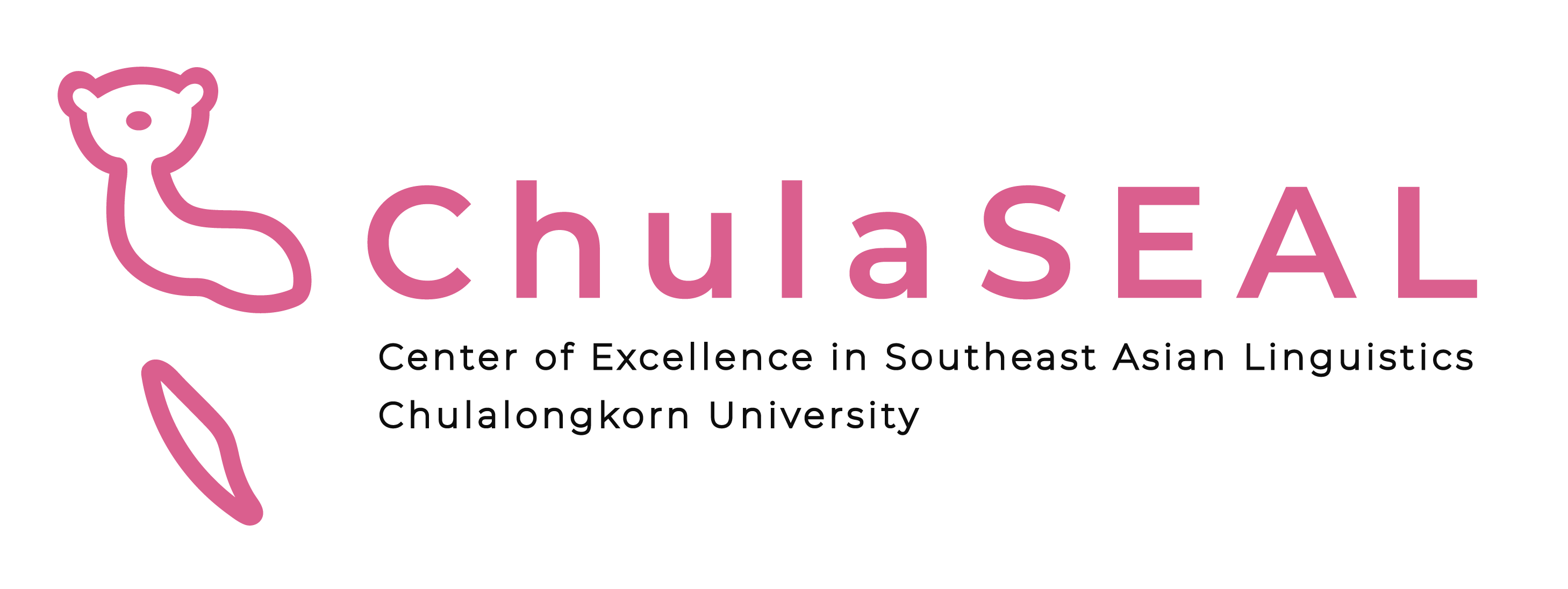A proposal for a Thai-based Moklen orthography
Moklen [mkm] is a severely endangered Austronesian language spoken by a sea-based population along the Andaman coast in the southern part of Thailand. As an initial attempt to document this language, we propose a Thai-based orthography of Moklen that not only captures all the phonemic distinctions but also considers the social, political, and cultural contexts of Moklen communities. The proposal is based on fieldwork data collected intermittently in Bangsak, Phang Nga Province, Thailand, between 2017 and 2021. Based on Smalley’s (1959) criteria of adequacy, the proposed orthography adopts a subset of consonant and vowel symbols, as well as major orthographic rules of the Thai [tha] script. Notably, it includes a tone mark that captures a tonal distinction confirmed by this study. Moreover, it is flexible enough to allow indication of sociolinguistic variations reported in previous studies. While a formal evaluation of the proposed orthography is still needed, guidelines recommended by UNESCO are also adopted to assess several sociocultural determinants that may influence the usability and acceptance of the proposed orthography. The proposed orthography is a promising tool for the documentation of the language and has potential to contribute to efforts to preserve the cultural heritage of the Moklen community.
